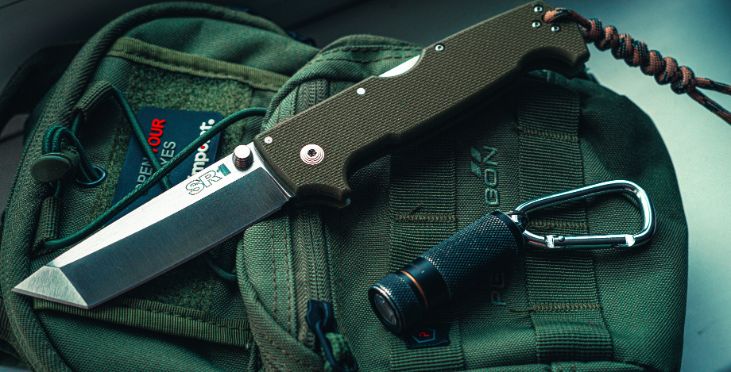Considering getting a pocket knife? The fifteen most popular types of pocket knives are listed in this article along with some of their uses.
It is not necessary to be a pocket knife enthusiast to value their adaptability and usefulness. The variety of pocket knife blade types is another thing that stands out. Why, though, would they differ so much? Does each serve a particular function? The varieties of folding knives are numerous.
We’ll look at some of them here. Pocket knives can be categorized in various ways based on some shared characteristics.
The Number of Blades
Single-Bladed Pocket Knives
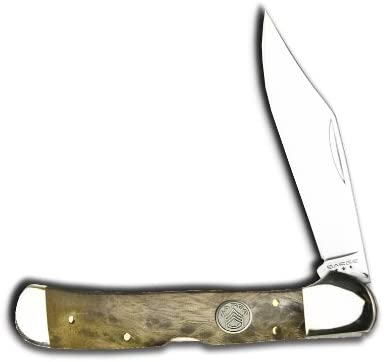
Single-bladed pocket knives have a somewhat larger blade because the focus is on one blade only. They also have a locking mechanism that enables you to use them for tasks that require a lot of force.
Although single-bladed knives are sturdy, you can’t use them for a variety of tasks because they only have one blade.
Multi-Bladed Pocket Knives
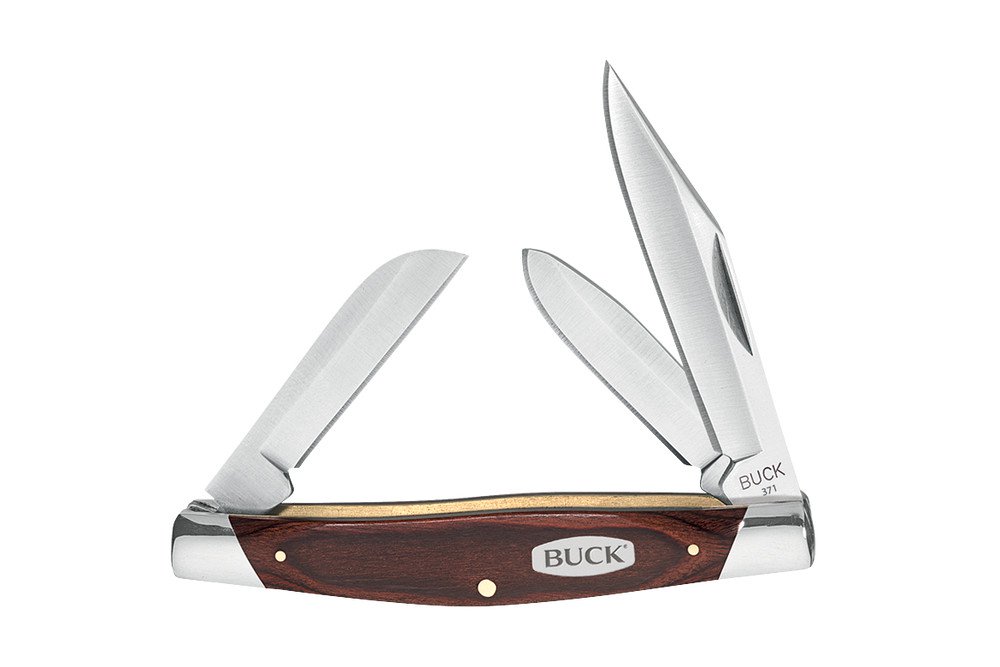
These generally have two to four different types of blades. Because the various blades can complete a wider range of tasks, they are very practical for camping and traveling.
However, multi-blade knives are not as strong and long-lasting as single-bladed knives due to the extra number of blades.
Multi-tooled Blades
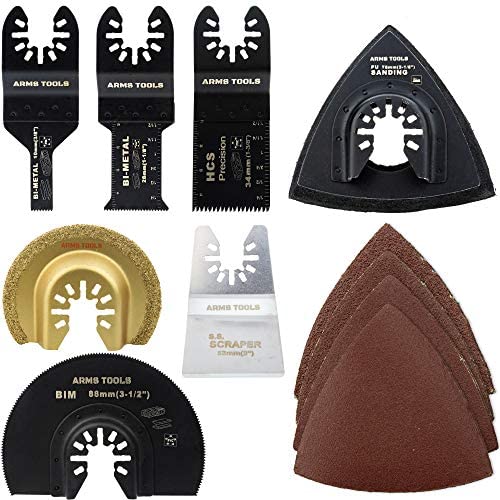
This pocket knife has more than just blades; it also has other tools. For instance, a Swiss Army knife may include a can opener, a nail file, a pair of scissors, a corkscrew, a saw, a toothpick, tweezers, and a magnifying glass.
Of course, they are bulkier than single and multi-blade pocket knives as they carry more tools. They’re especially handy for camping.
The Type of Edge
Different types of knife edges are available on many different pocket knife models.
The Fully Serrated Edge
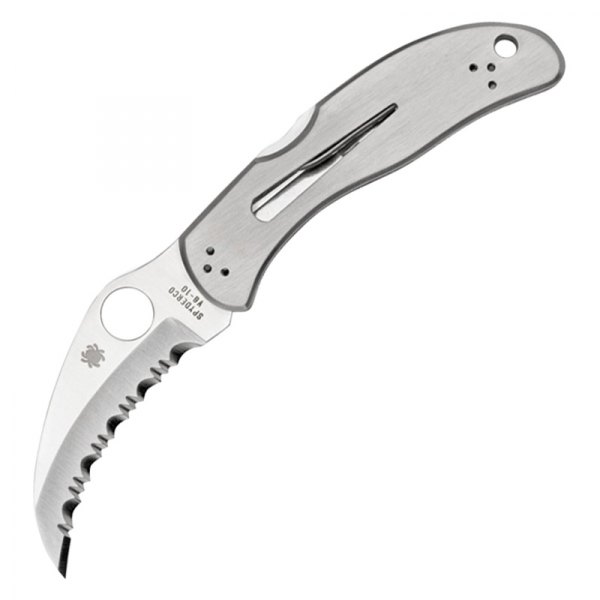
Pocket knife edges originally were plain; serrated knife edges are a relatively recent invention. When you need to cut with a sawing motion, this kind of edge is perfect. The serrations give the blade additional strength, which also allows you to use this blade on the harder stuff.
Finally, serrated edges are thinner than plain edges. As a result, they can cut more effectively than knives with a plain edge.
Comparatively speaking, serrated-edged blades are more awkward. They are naturally more difficult to sharpen. If you’re unsure of how to do it, you’d have to send it back to the maker for re-sharpening.
The Plain Edge
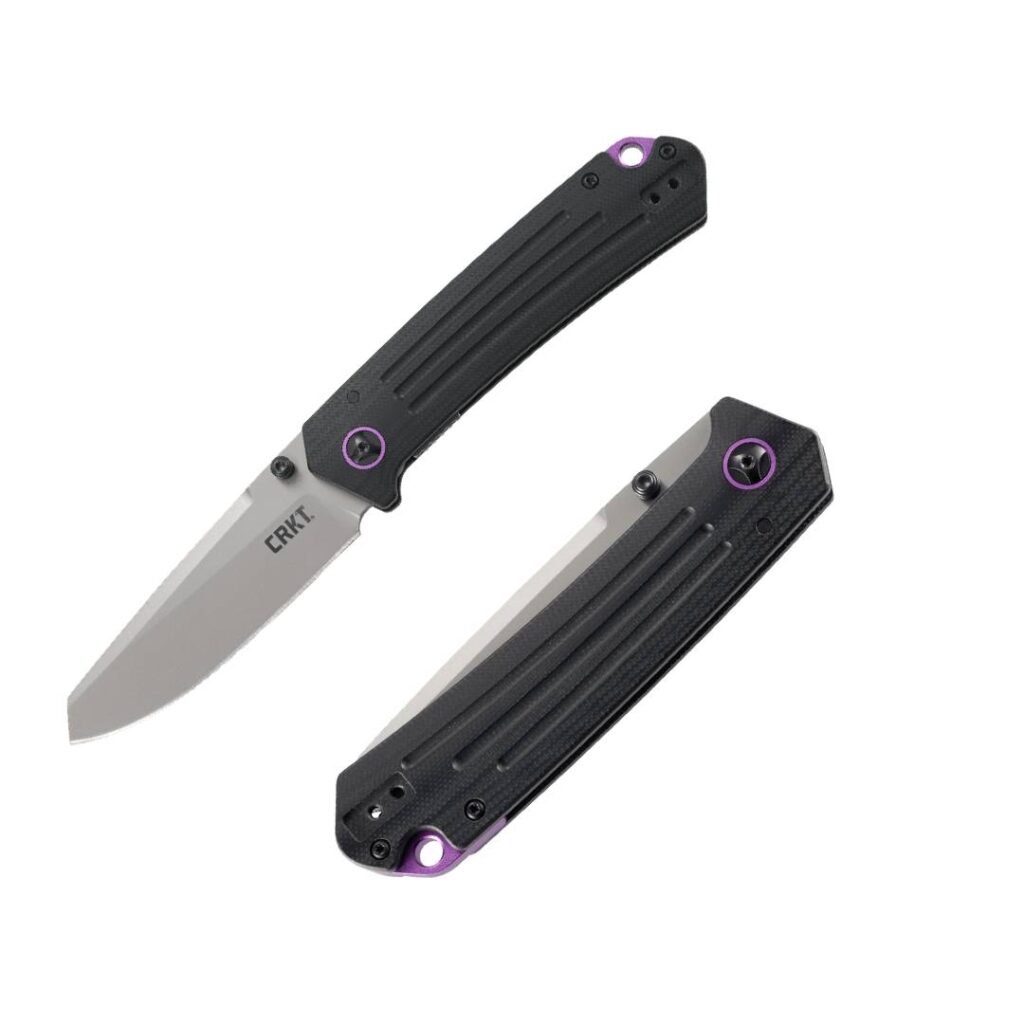
Plain-edged pocket knives have a simple straight edge with no serrations on them. If you need to make really precise cuts, the straight edge is best because it is more stable than serrated edges.
Their stability allows you to make accurate and clean cuts. It is also simpler to sharpen them. Its incapability to make sawing cuts is its main flaw. Knives with serrations are superior for this.
The Partially Serrated Edge
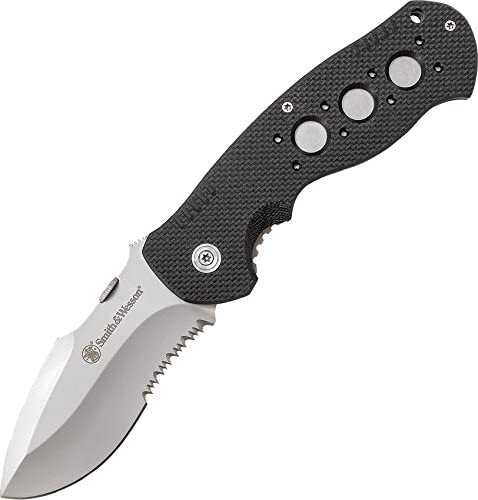
The plain-edged pocket knife and the fully serrated pocket knife meet here. There are serrated and non-serrated areas on the cutting edge. Because it offers the best of both worlds, this kind of knife is actually very common.
Both difficult cuts and fine work can be made with the knife. Additionally, because the straight part eliminates that, it is less clumsy. The difficulty of sharpening the serrated portion of the blade is one major drawback.
The Type of Blade
The type of blade on a pocket knife can also be used to classify them. These are the most typical varieties of pocket knife blades.
Drop Point
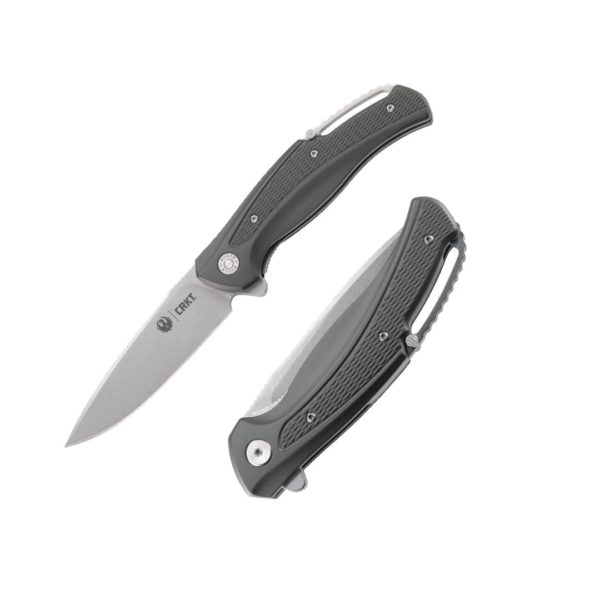
The spine of the drop-point blade is convex and gently curves toward the tip. It’s one of the most typical blade shapes. The design offers a wide edge for slicing and makes it simple to remove the blade from the handle.
Hunters prefer drop-point blades because they are great for all-around use.
Clip-Point
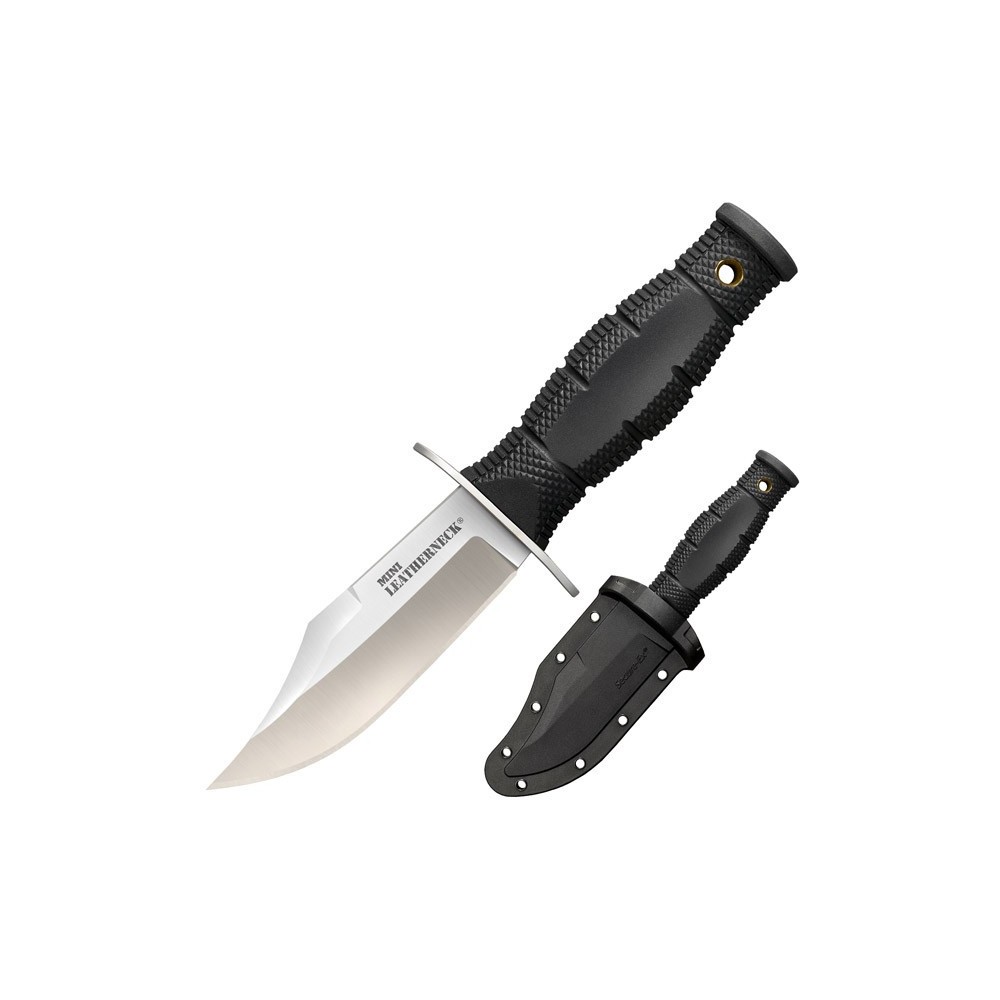
Pocket knives frequently have this shape as well. The spine appears to have been clipped off near the tip, and the edge curves upward.
The end result is a blade with a broad cutting edge and a sharp point.
Puncturing, precise cutting, and slicing are all possible with this blade.
Needle Point
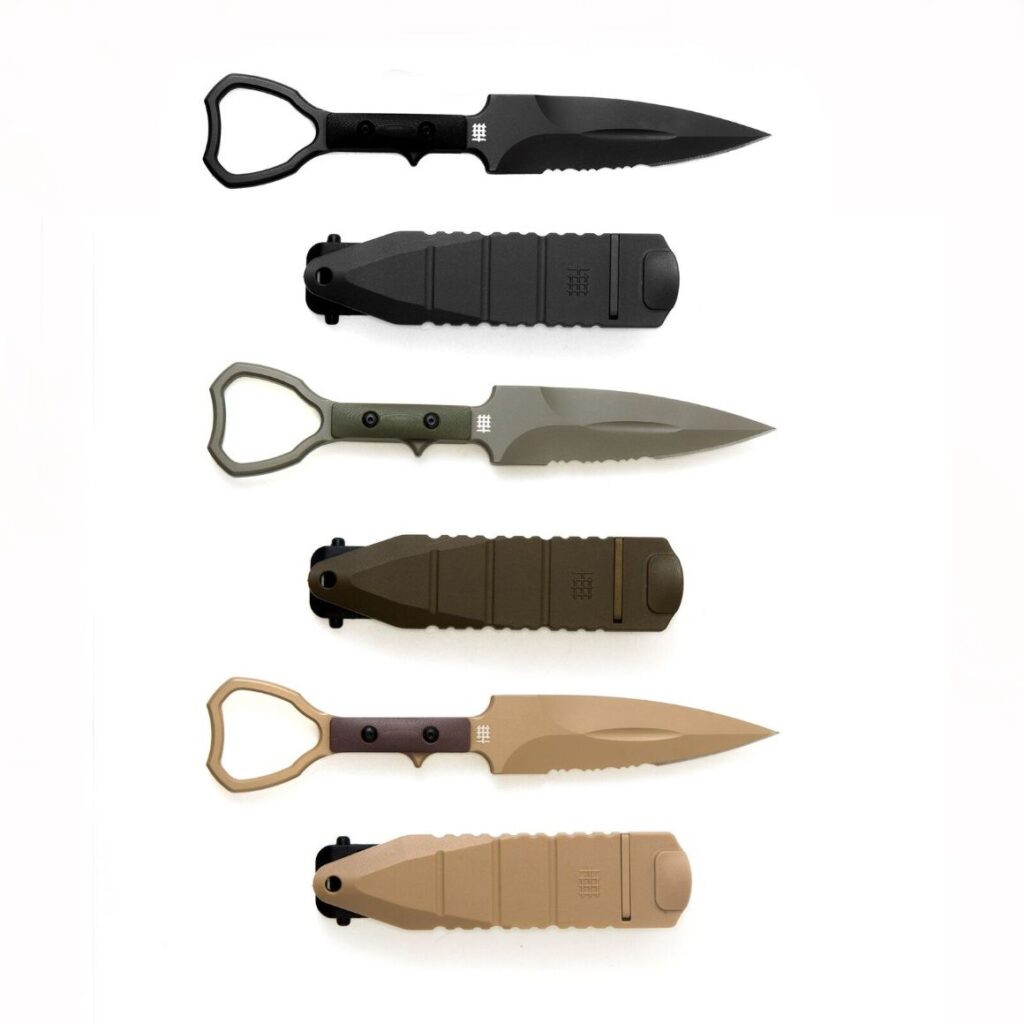
A needle-point knife is distinguished by its symmetrical blade with two edges on either side. It can pierce and penetrate easily due to the blade’s shape.
The thinness of the needle-point blades, however, makes them more brittle than most items in their category. Additionally, they are frequently considered weapons and are thus prohibited in many states and nations.
Spear Point
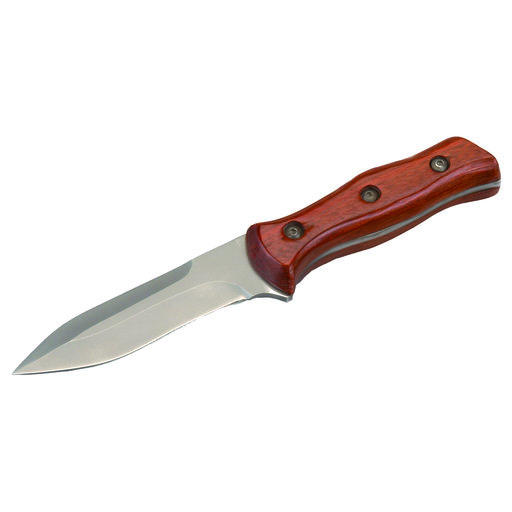
The spear-point blade’s symmetry gives it the appearance of being similar to the needle-point blade, but closer inspection reveals their primary differences. Blades with spear points are thicker and stronger than those with needle points, though they may not always be sharpened on both sides.
These blades are employed in daggers and throwing knives. Because of this, many places view them as illegal possessions and consider them to be weapons.
Sheepsfoot
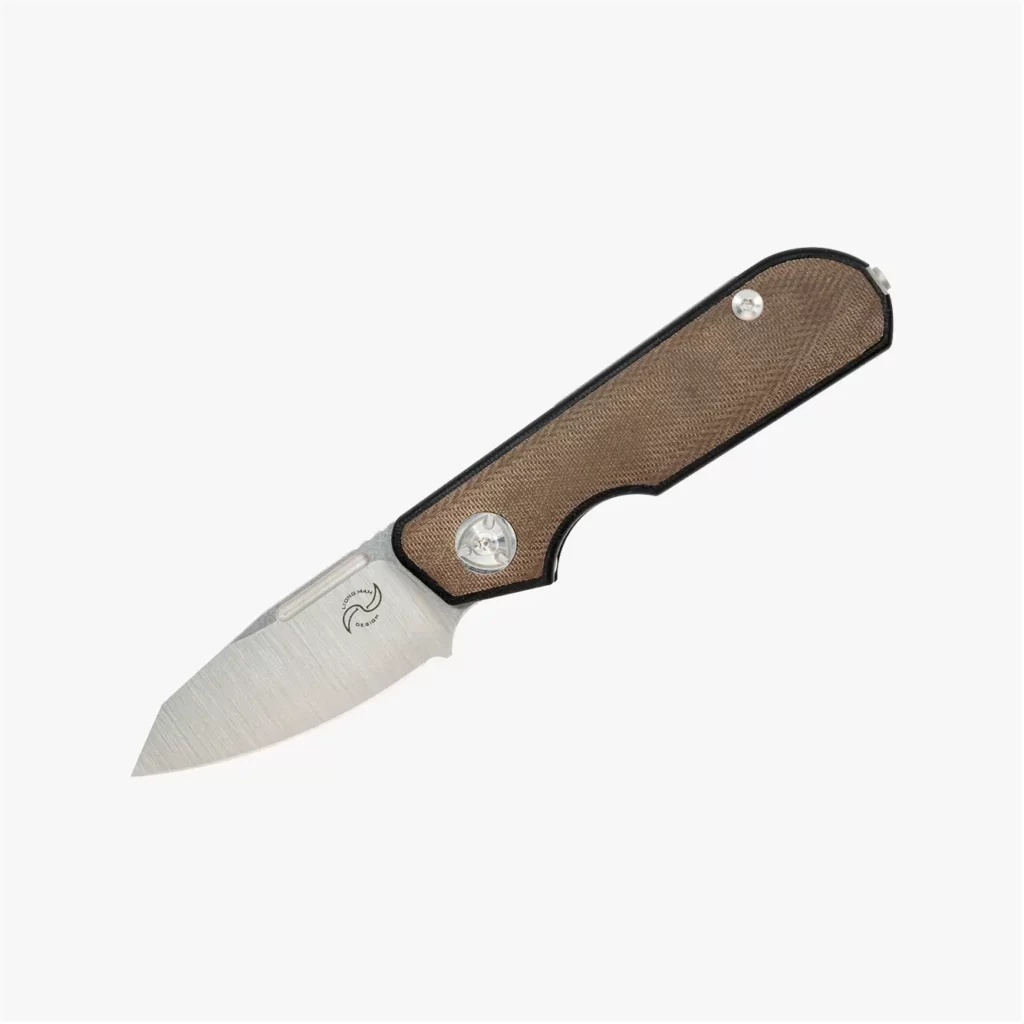
The sheepsfoot blade’s flat or slightly curved edge serves as its identifying feature. Although the spine can have many different shapes, it typically curves downward at the tip.
Sheepsfoot blades were initially made to be used for trimming sheep hooves, but due to their dependability when handling different cutting jobs, they became a useful tool for survival and outdoor living.
Wharncliffe Blade
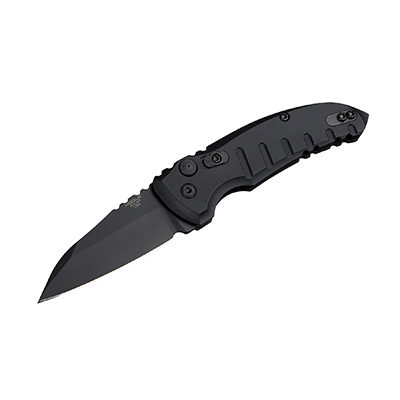
The Wharncliffe blade structure is similar to the sheepsfoot blade because it has a straight edge and a curved spine. The Wharncliffe blade’s tip is more pointed than the other due to the spine’s beginning to curve at the handle.
Many situations where a sheepsfoot would be used are instead handled with this blade.
Pen Blade
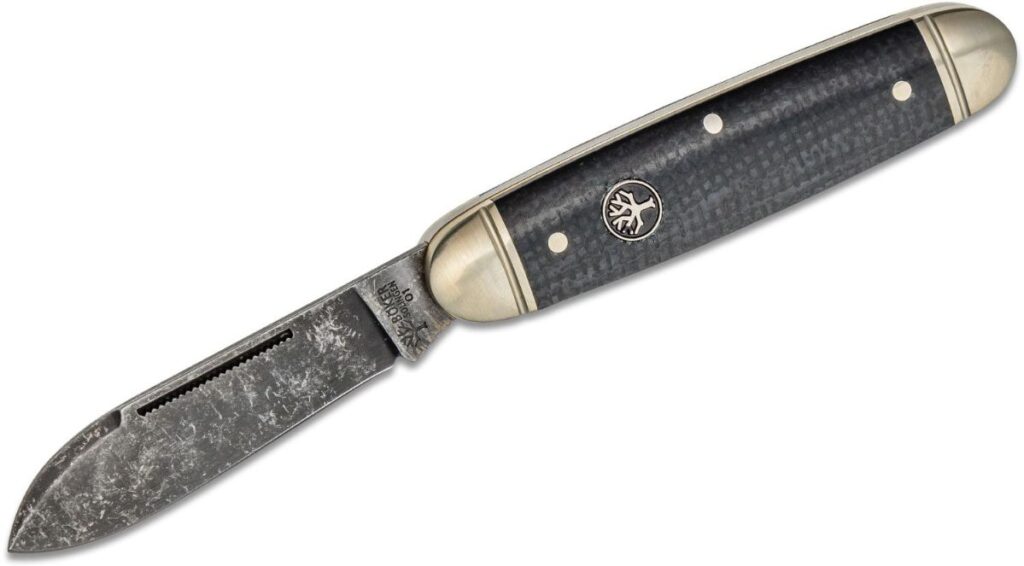
Although quills are no longer necessary, many multi-blade pocket knives still have a pen blade in the mix.
It is a small blade that is not very sharp, but it is useful for tasks that call for delicate handling.
Tanto Point
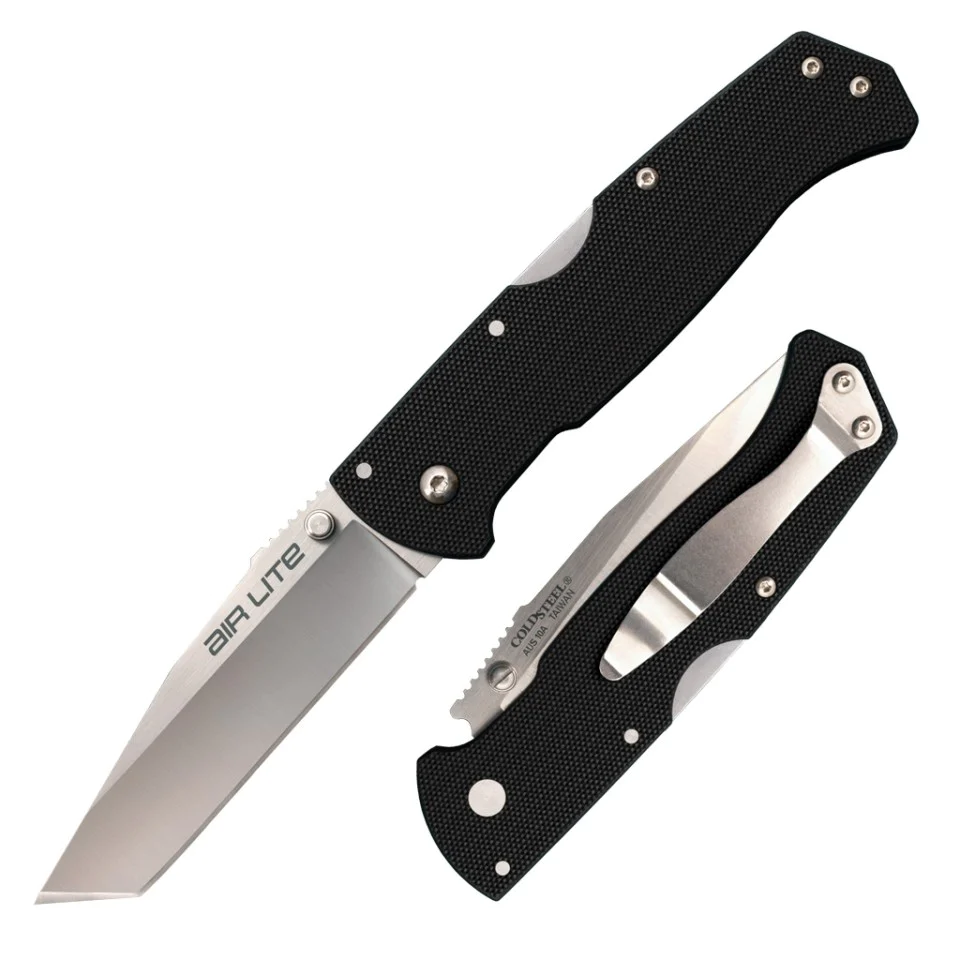
Tanto blades lack a curved belly and instead abruptly angle upwards toward a nearly straight spine to form an aggressive tip. The blade’s form is modeled after the short samurai swords of old Japan.
Tanto blades are ideal for clean slices and chops due to their heritage, and the prominent tip makes them the perfect tool for piercing tough game skins.
Spey Blade
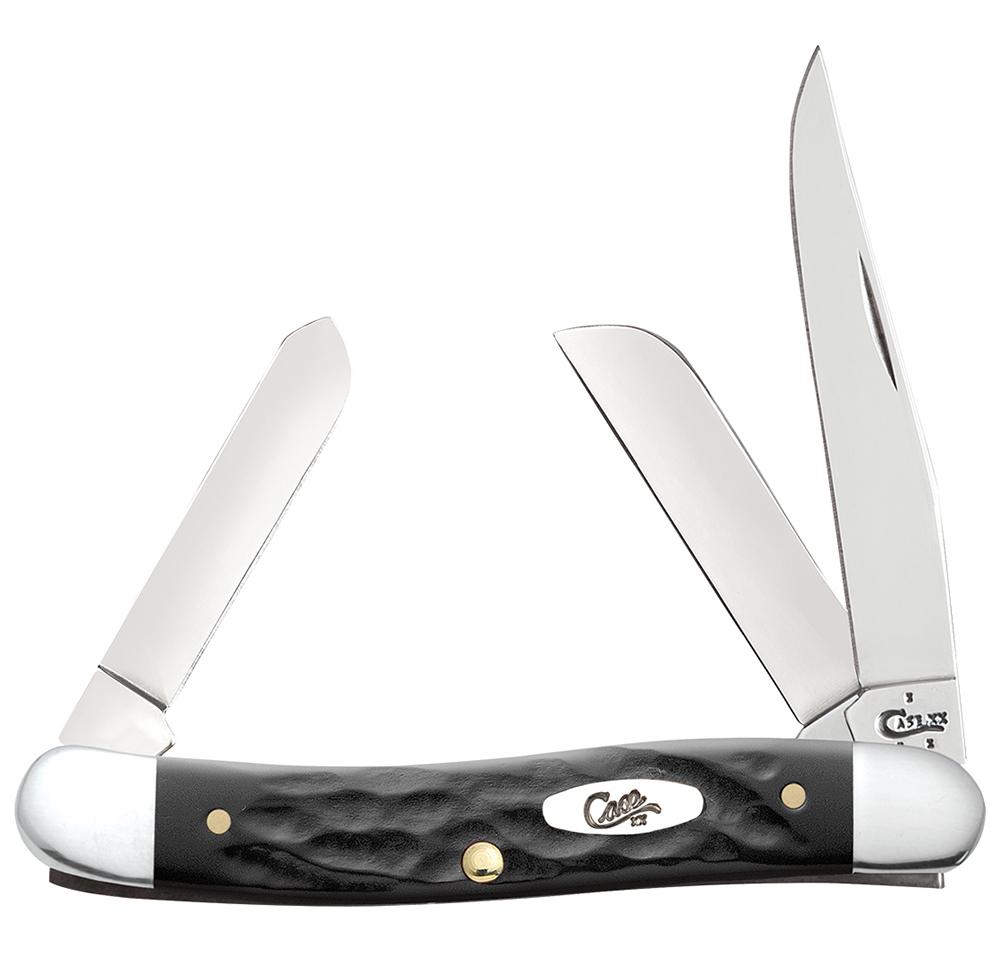
The Spey blade can be found on stockman and trapper folding knives. Originally intended to aid in castrating and spaying animals used for herding, Somehow “spay” got turned into “Spey.” That’s how the story goes, at least.
The Spey blade has one straight, razor-sharp edge that rises to meet a short, dull point. Blades for spears can be either long or short. They typically are long on trapper knives and short on stockman knives.
Choosing Your Pocket Knife
With so many different types of pocket knives, and we have not even covered all eventualities, we need to quickly address how you even go about choosing the best pocket knife for you.
Of course, you will know how you plan on using your pocket knife. However, those made of surgical steel can be ruled out right away because you wouldn’t look in most pocket knife shops for those.
Consider If You Need Just a Knife
Consider whether you actually need a knife as one of the first things. Then there will be no need to think about those pocket knives that include a variety of extra tools.
Consider How It Should Be Stored
Another thing is to think about how the blade part is stored away in the knife. Would you prefer a lock that has a button to keep it in place? Do you want the blade to be held in place by a latch that is lowered?
You have a few choices for this component, and the last thing you want is for the blade to be able to spring open when not in use.
Final Words: Choose Your Favorite Pocket Knife
About pocket knives, we could go on forever. Since they have always existed, they have become a part of the culture. They are also useful tools to have and facilitate a variety of indoor and outdoor tasks.
Therefore, if you’re one of those people who uses their nails for almost everything, give them a break and get a pocket knife instead.
These are just a few of the most popular pen knives today; there are hundreds of pocket knife types with different shaped blades, and the only way to find out which are the most popular is to do a bit of reading and decide which one would suit your needs the most.

